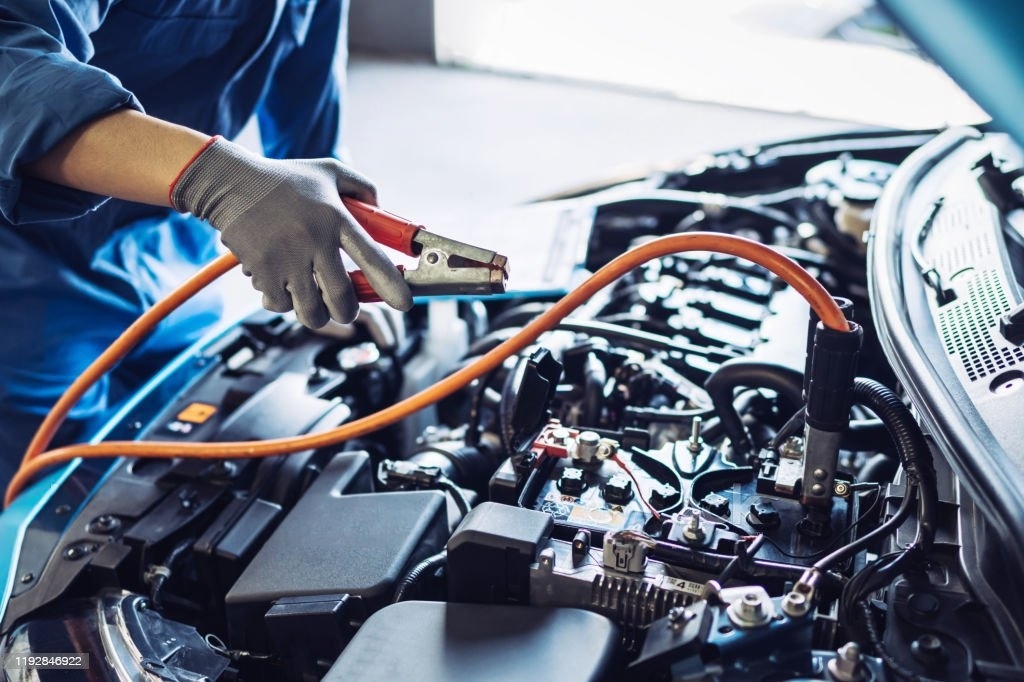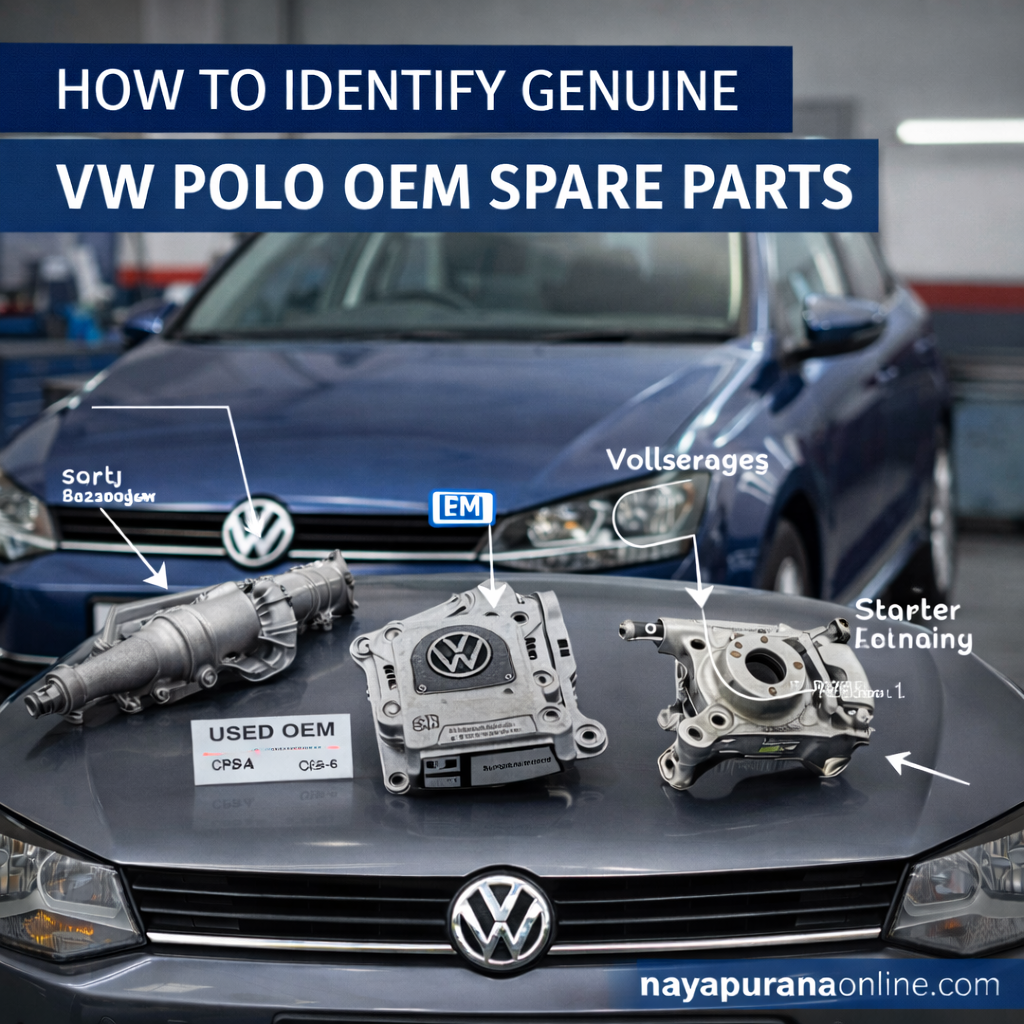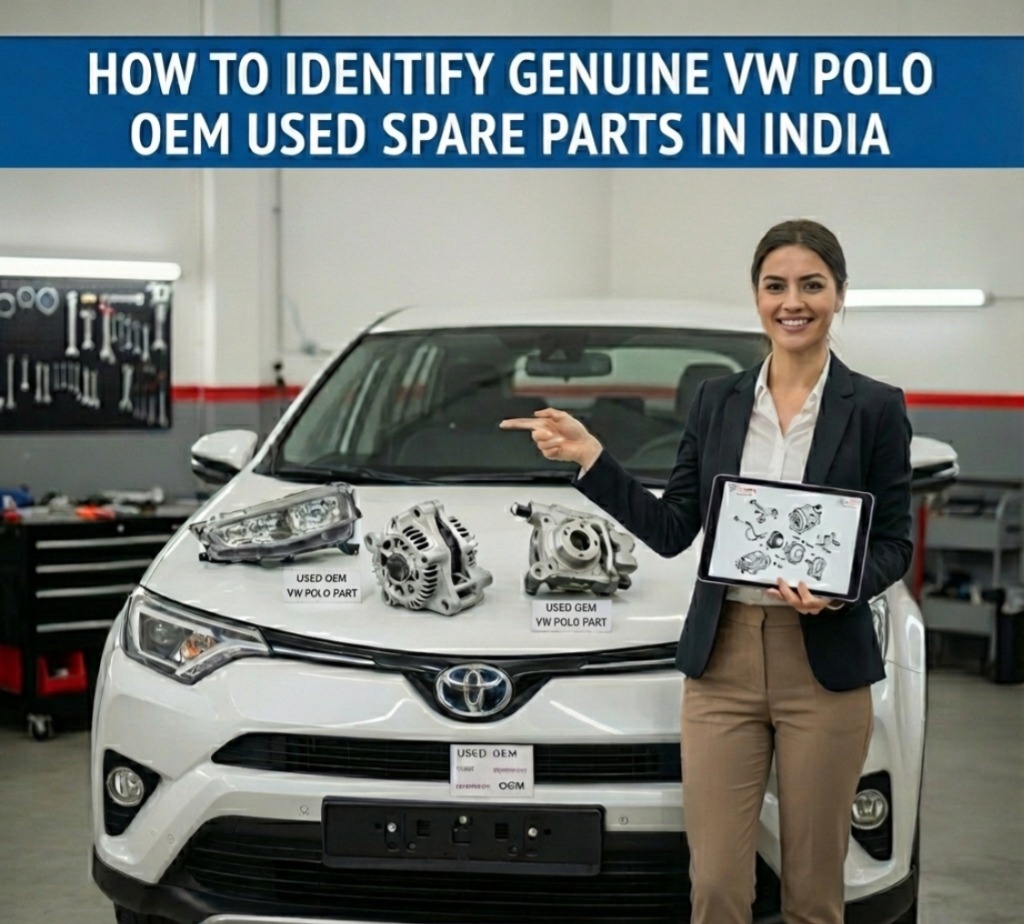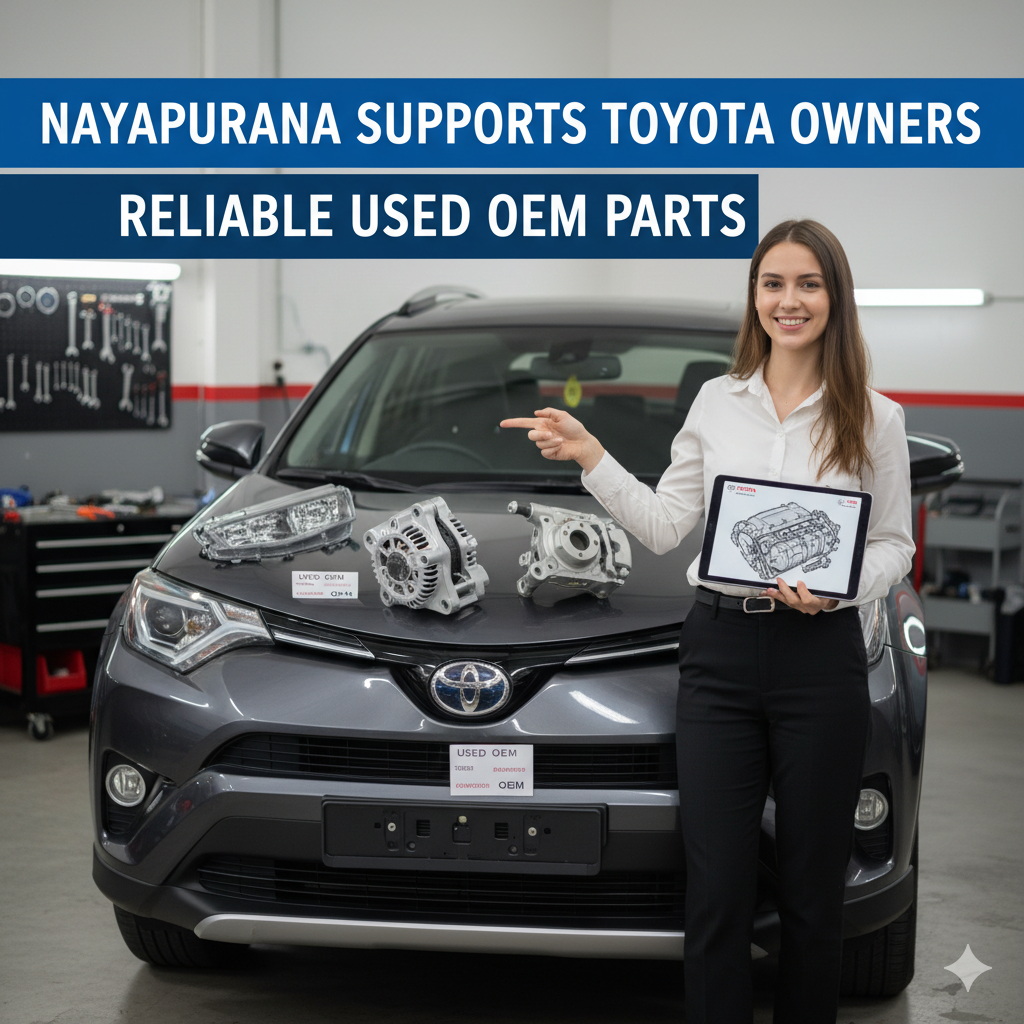How a car hybrid battery system works?
26 Aug,2023
A car hybrid battery system is a sophisticated technology that combines an internal combustion engine with an electric motor and a battery to power a vehicle. This innovative setup aims to enhance fuel efficiency, reduce emissions, and provide a smoother driving experience. Here's a concise overview of how a car hybrid battery system works:
1. **Dual Power Sources:** The hybrid system harnesses the power of two sources: a traditional internal combustion engine (usually gasoline) and an electric motor powered by a battery.
2. **Energy Storage:** The battery pack consists of multiple battery cells, often lithium-ion or nickel-metal hydride. These cells store electrical energy efficiently.
3. **Electric Motor:** An electric motor is connected to the battery. It can generate torque to assist the combustion engine or operate on its own at lower speeds.
4. **Regenerative Braking:** When the driver brakes, the electric motor acts as a generator, converting kinetic energy into electricity. This energy is stored in the battery, recharging it while slowing down the car.
5. **Smart Power Management:** A control system manages power distribution between the engine, electric motor, and battery. It selects the optimal power source based on driving conditions, speed, and battery charge.
6. **Electric Mode:** At low speeds, the car can run solely on electric power, emitting zero emissions and consuming less fuel.
7. **Combustion Engine Mode:** When more power is needed, the internal combustion engine engages, providing extra propulsion and potentially recharging the battery.
8. **Hybrid Mode:** For moderate power requirements, both the engine and electric motor work together, maximizing efficiency and performance.
9. **Idle Off and Start-Stop:** The system automatically shuts off the engine when idling and restarts it when needed, saving fuel and reducing emissions.
In essence, a car hybrid battery system intelligently combines the strengths of both internal combustion and electric power sources to optimize efficiency, reduce environmental impact, and create a more sustainable driving experience.

A car hybrid battery system combines the power of two separate sources of energy to propel the vehicle: an internal combustion engine (usually gasoline) and an electric motor powered by a battery. The primary goal of this hybrid system is to improve fuel efficiency, reduce emissions, and enhance overall performance. Here's how a typical hybrid battery system works:
1. **Battery Storage and Electric Motor:**
- The hybrid battery pack consists of a large number of individual battery cells connected together. These batteries are usually lithium-ion or nickel-metal hydride, designed to store electrical energy efficiently.
- An electric motor is integrated into the hybrid system. It's connected to the battery pack and can generate torque to assist the internal combustion engine or even drive the vehicle on electric power alone at lower speeds.
2. **Regenerative Braking:**
- One of the key features of a hybrid system is regenerative braking. When the driver applies the brakes, the electric motor switches to generator mode. It converts the vehicle's kinetic energy into electricity and stores it in the hybrid battery. This process helps recharge the battery while slowing down the car.
3. **Power Management:**
- The hybrid control system manages the power flow between the internal combustion engine, the electric motor, and the battery pack. It decides when to use each power source based on factors such as driving conditions, vehicle speed, throttle input, and battery state of charge.
4. **Electric Mode:**
- At low speeds and when the battery has sufficient charge, the hybrid vehicle can operate in all-electric mode. The electric motor provides propulsion, and the internal combustion engine remains off. This is particularly useful for city driving and stop-and-go traffic, where emissions and fuel consumption can be minimized.
5. **Combustion Engine Mode:**
- When more power is needed, such as during acceleration or highway driving, the internal combustion engine kicks in. It provides additional power and can also help charge the battery directly through a generator.
6. **Hybrid Mode:**
- In situations that require moderate power, both the internal combustion engine and the electric motor work together in a hybrid mode. This combination optimizes fuel efficiency and performance by leveraging the strengths of each power source.
7. **Power Split Devices (Optional):**
- Some hybrid systems, like those found in Toyota's Hybrid Synergy Drive, use power split devices or planetary gearsets to seamlessly blend power from the engine and the electric motor. This allows for efficient power distribution and eliminates the need for traditional transmissions.
8. **Idle Off and Start-Stop:**
- Many hybrid vehicles automatically shut down the internal combustion engine when the vehicle is stationary (idle off) and restart it when the driver presses the accelerator (start-stop). This feature reduces fuel consumption and emissions during idling.
Overall, a hybrid battery system is designed to optimize fuel efficiency, reduce greenhouse gas emissions, and enhance the driving experience by intelligently combining the benefits of an internal combustion engine and an electric motor powered by a battery. The system's complexity varies among different hybrid models, but the underlying principle remains consistent: utilizing multiple power sources to achieve improved performance and environmental benefits.


 Login
Login









